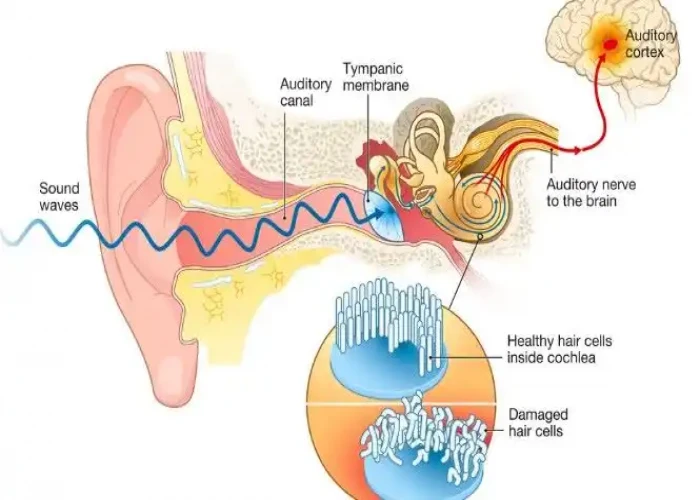 Welcome
Welcome
“May all be happy, may all be healed, may all be at peace and may no one ever suffer."
Ear - Diseases
The ear is the sensory organ responsible for detecting sound and maintaining balance. It is divided into three parts: the outer ear, the middle ear, and the inner ear.
The outer ear is the visible part of the ear that extends from the head and includes the ear canal and the earlobe. Its main function is to collect sound waves and direct them towards the eardrum.
The middle ear is an air-filled cavity located behind the eardrum. It contains three small bones, called the ossicles, which transmit sound vibrations from the eardrum to the inner ear. The middle ear is also connected to the back of the throat by a tube called the Eustachian tube, which helps to equalize the pressure between the middle ear and the outside environment.
The inner ear is a complex system of fluid-filled chambers and canals located deep within the skull. It is responsible for converting sound vibrations into electrical signals that can be interpreted by the brain. The inner ear also contains structures called the semicircular canals, which are responsible for maintaining balance and detecting changes in head position.
The ear is a remarkable organ that plays a vital role in our ability to communicate and interact with the world around us. It is a complex system that requires careful coordination between different structures and processes in order to function properly.

Rectum

Capillaries

Enteric Nerves

Hair

Wrist

Testes

Salivary glands

Mental
Ear, Ears pierced, কান
To be happy, beautiful, healthy, wealthy, hale and long-lived stay with DM3S.








